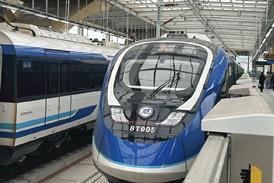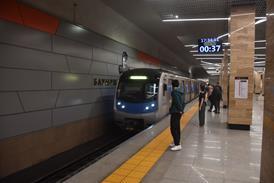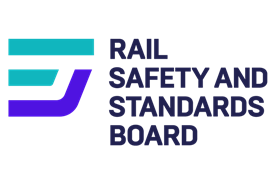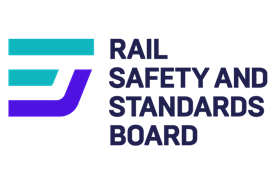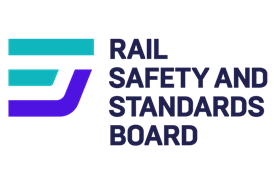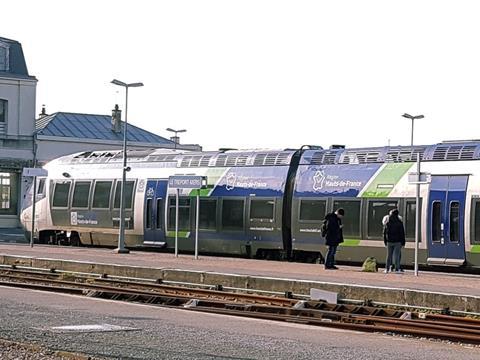
ANALYSIS: Local politicians gathered at the terminus in the northern French coastal resort of Le Tréport on June 2 to welcome the last train over the 34 km branch from Abbeville. SNCF has replaced the two daily TER trains each way with buses taking 60 min instead of 40. The line has not carried freight since the 1990s.
SNCF Réseau cites the poor condition of the single-track branch as the reason for suspending rail services, insisting that €40m is needed for infrastructure renewals. Hauts-de-France region President Xavier Bertrand has offered to put up half of the money, suggesting tram-train operation as a possible way forward. However, the line crosses the regional boundary with Normandie, which has joined Hauts-de-France in funding a €73·4m refurbishment of the 104 km Beauvais – Le Tréport line on which work is about to start.
The debate over the Abbeville link has come to symbolise a much more profound concern over the future of France’s secondary lines stemming from the reforms now being taken through the legislative process. These are intended to pave the way for market liberalisation in line with the EU’s Fourth Railway Package, but have met with fierce resistance and sustained strike action by railway unions.
In his landmark report on future French railway policy issued in February, Jean-Cyril Spinetta was forthright in highlighting the fragility of France’s rural lines. Secondary railways in UIC classes 7-9 carry just 2% of passengers yet account for 15% of the railway’s cost base, he reported.
While Spinetta insisted ‘a new model’ had to be found for rural transport, the government explicitly declined to go along with his proposed closure plans which would have affected up to 9 000 route-km. Nevertheless, the question of how best to manage the costs of the network continue to elicit debate among members of the Assemblée Nationale and Sénat.
Responding to Spinetta’s report, Transport Minister Elisabeth Borne suggested in February that the government would be willing to make €1·5bn available for the refurbishment of rural lines as part of a ‘new contract’ with the country’s regional governments, which would thus be able set priorities locally.
Making the case for rural lines
Leading the campaign to rethink the approach to rural lines is FNAUT, the national transport users’ lobbying group. It organised a press conference on June 8 to highlight the findings of a study it had commissioned from consultancy Trans-Missions to assess the impact of transferring rail services to road transport in rural areas. The report looked at 25 sections of the SNCF Réseau network which had been identified by FNAUT in 2014 as being ‘at risk of closure’, including Abbeville – Le Tréport.
The consultants focused their analysis on seven secondary lines which had closed since 1980, with buses replacing trains. Of these, five had subsequently reopened. This gave the opportunity to make quantitative assessments of both the impact of replacing rail with road transport (a ‘coach deficit’) and reopening and investing in secondary lines (a ‘reopening bonus’).
Key parameters included journey times, which across the seven routes increased on average from 80 min to 112 min. The report concluded that replacing trains with buses had led to a net decline in ridership of 53%, despite a notional increase in frequency from three to five trips per day across the routes studied. Of the five routes which have reopened, the study pointed to an average gain in ridership of 65%, with the 2015 reopenings of the Nantes – Pornic and Nantes – St-Gilles-Croix-de-Vie lines both recording increases of more than 100% by the time of the survey in July 2017.
FNAUT believes that while both Spinetta and some at SNCF see rural railways purely in terms of cost per passenger, there is ‘a lack of understanding about how to operate secondary lines, and no attempt at innovation’. It cannot be a surprise that ridership is poor and costs high when the trains run only two or three times per day, it argues.
In the foreword to the Trans-Missions study FNAUT suggests that ‘the rail mode is not expensive, SNCF is expensive’. It insists that ‘opening up regional passenger markets to competition should not be seen as opening the door to privatisation’, noting that the ‘regions would still be managing the specification and procurement of rail services’. However, it believes that competitive tendering could ‘pave the way for a serious reduction in overheads.’ In the meantime, FNAUT is calling for an ‘essential’ moratorium on the suspension of branch line services until more rounded socio-economic analyses have been undertaken. These should consider the potential of rail to meet local needs, ‘using infrastructure that is fit for purpose’.

